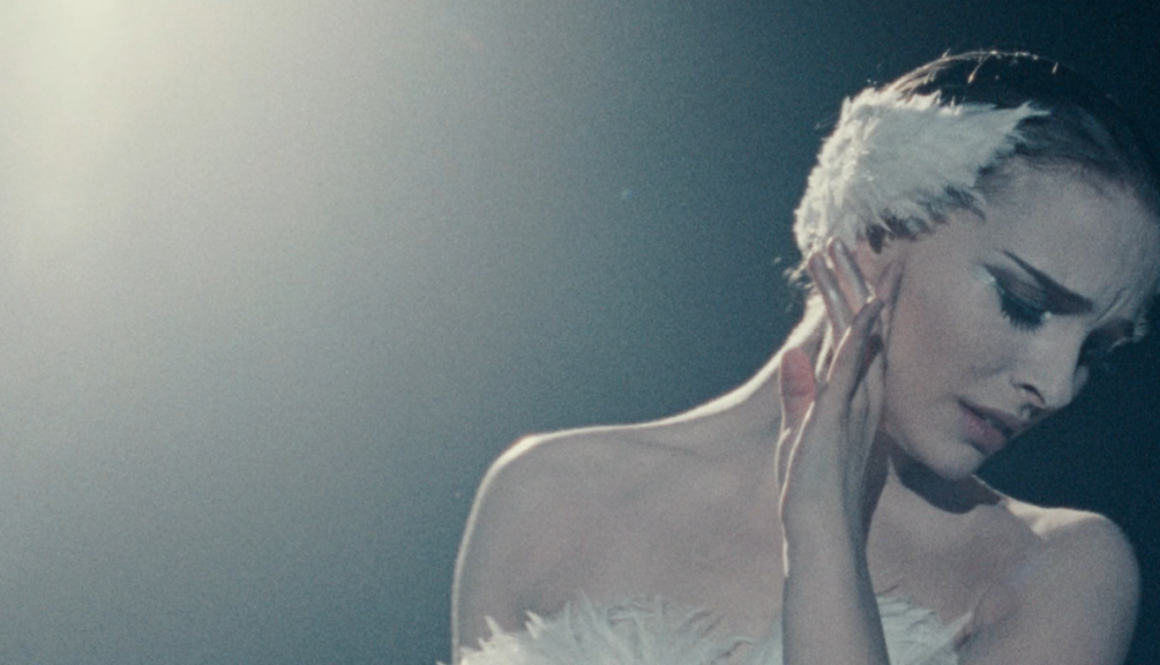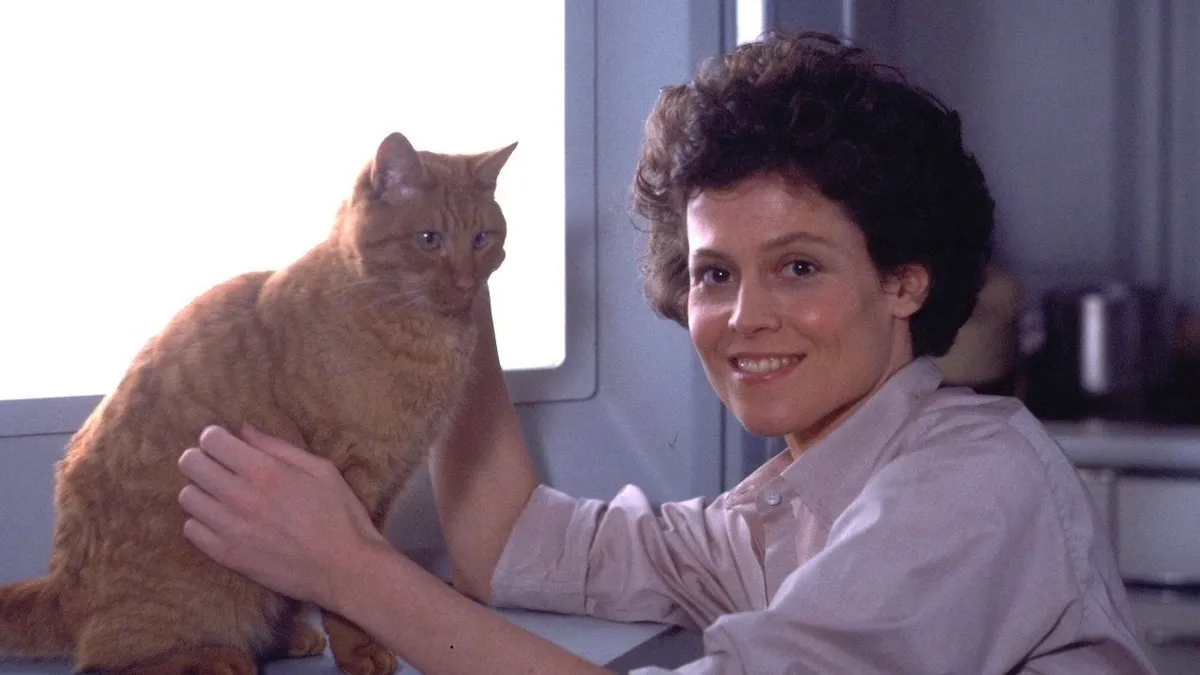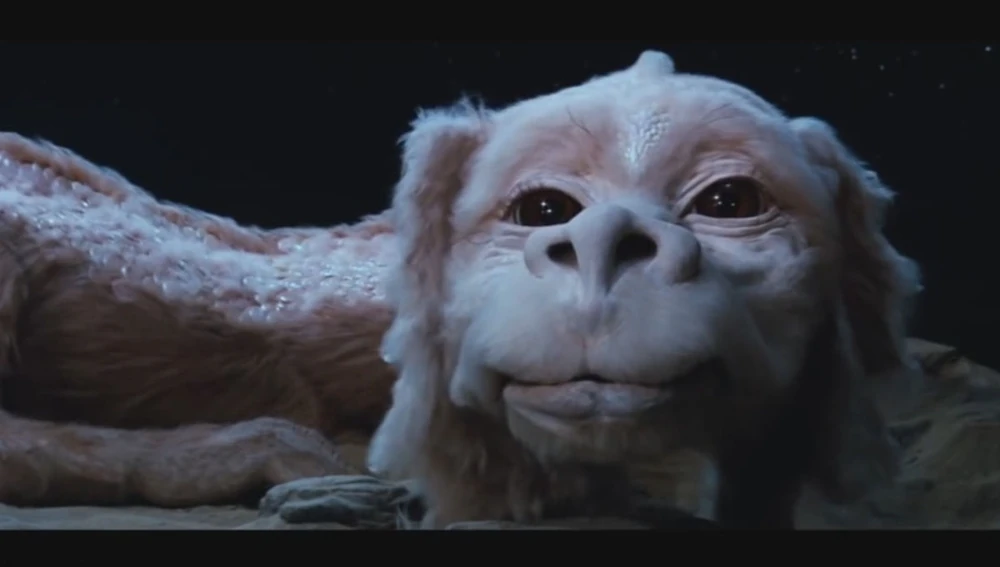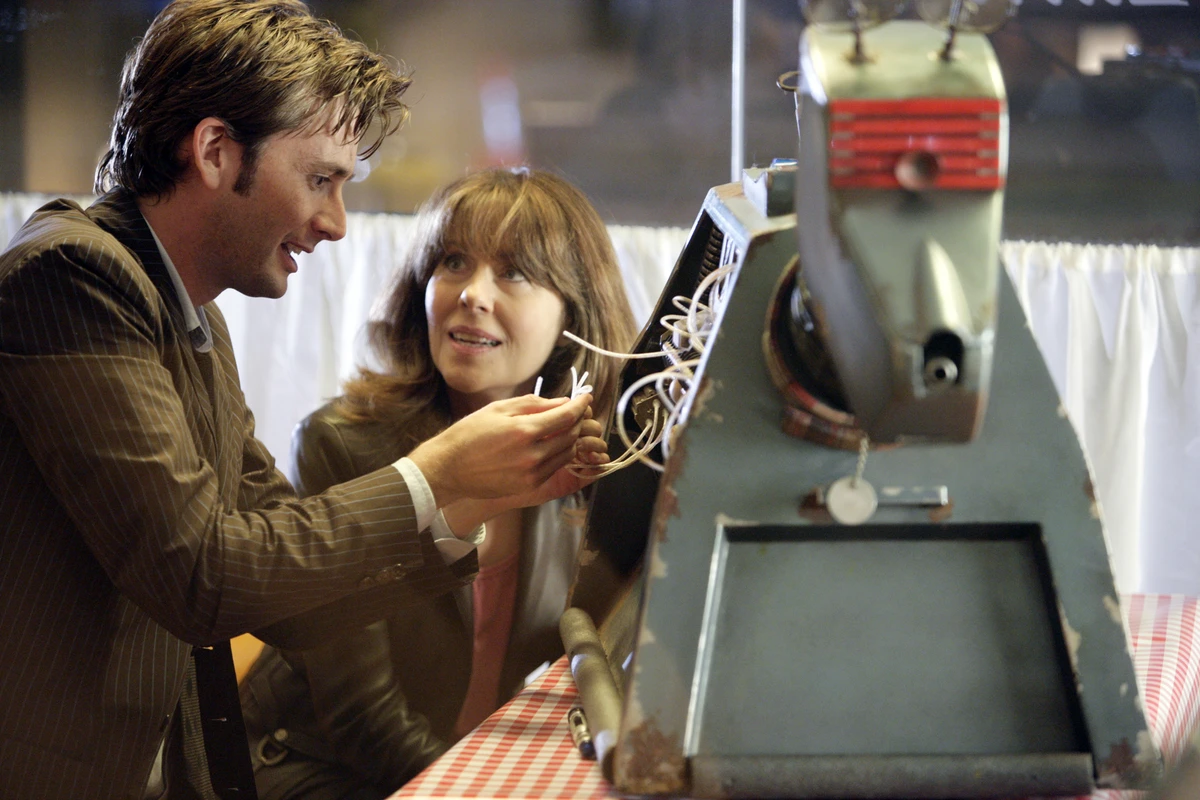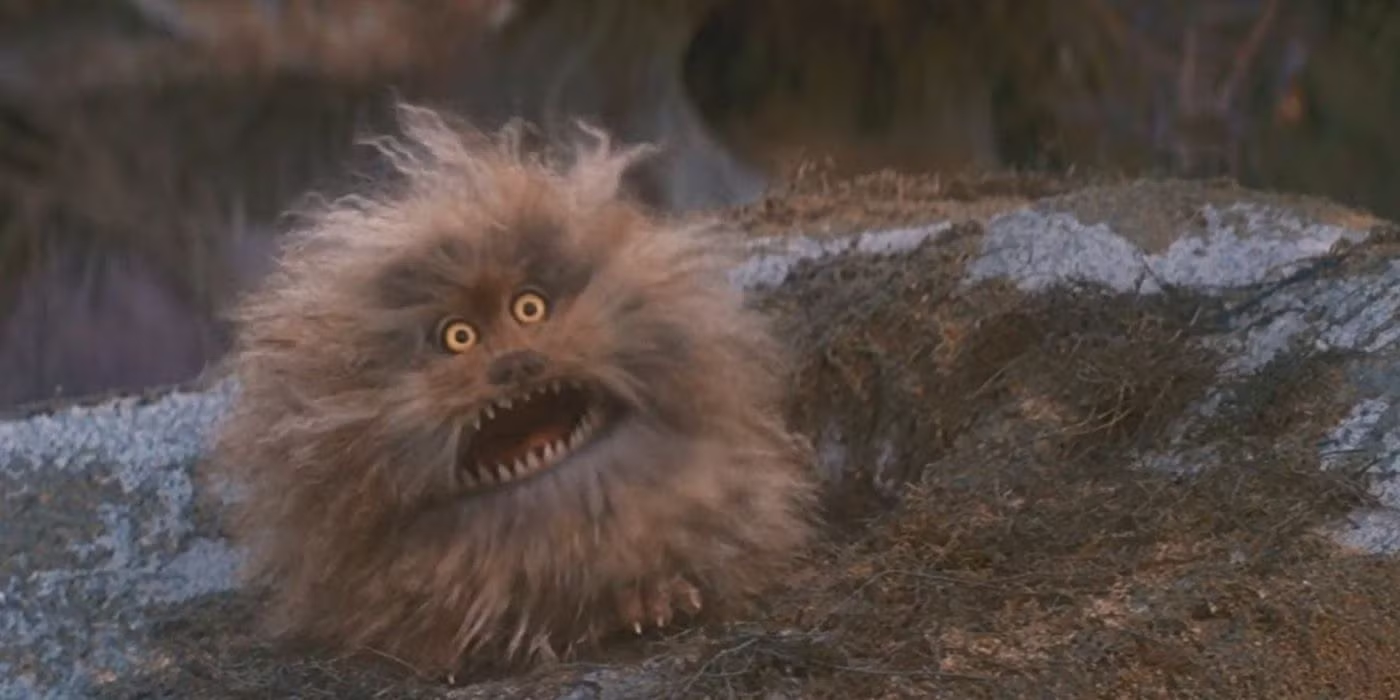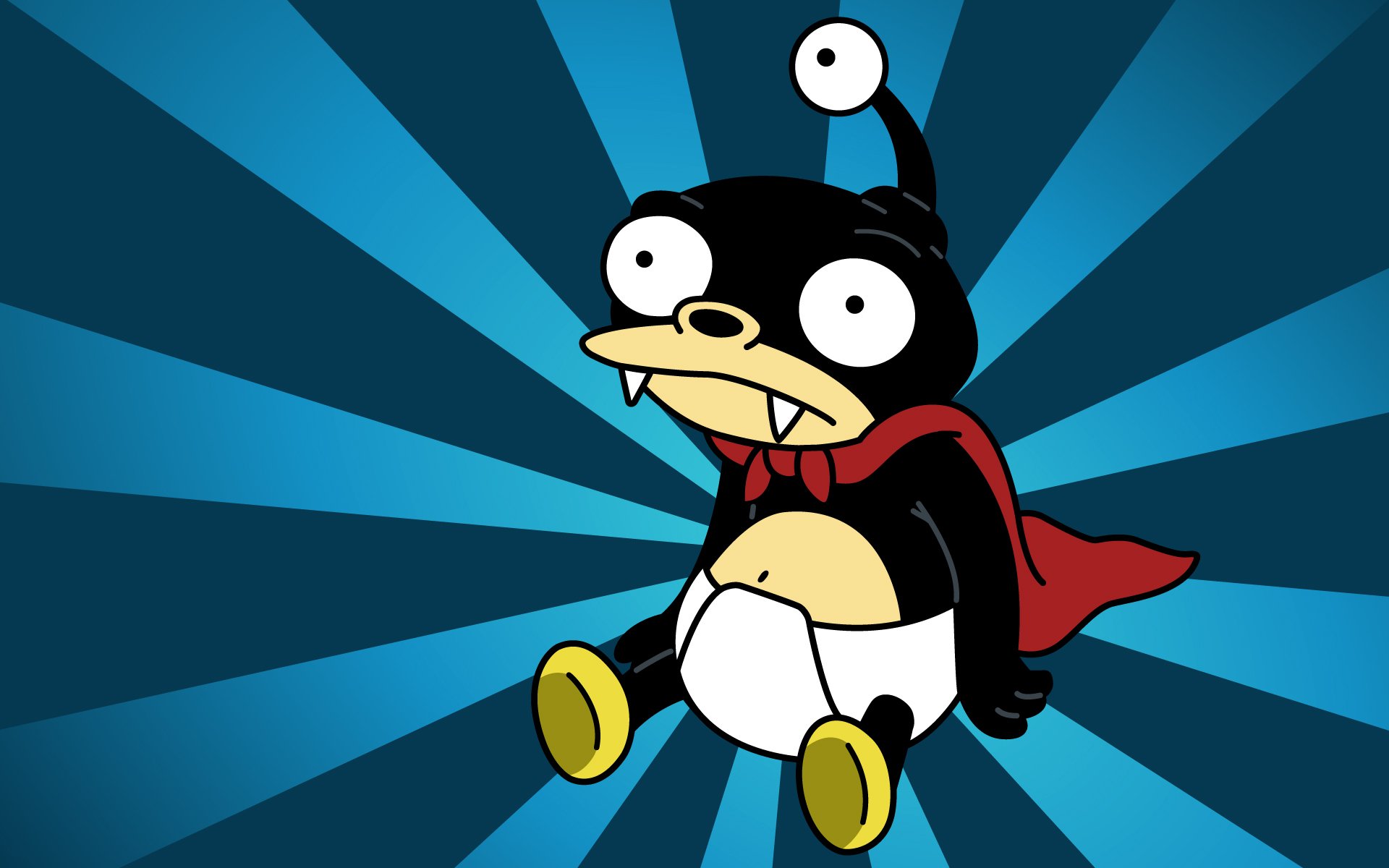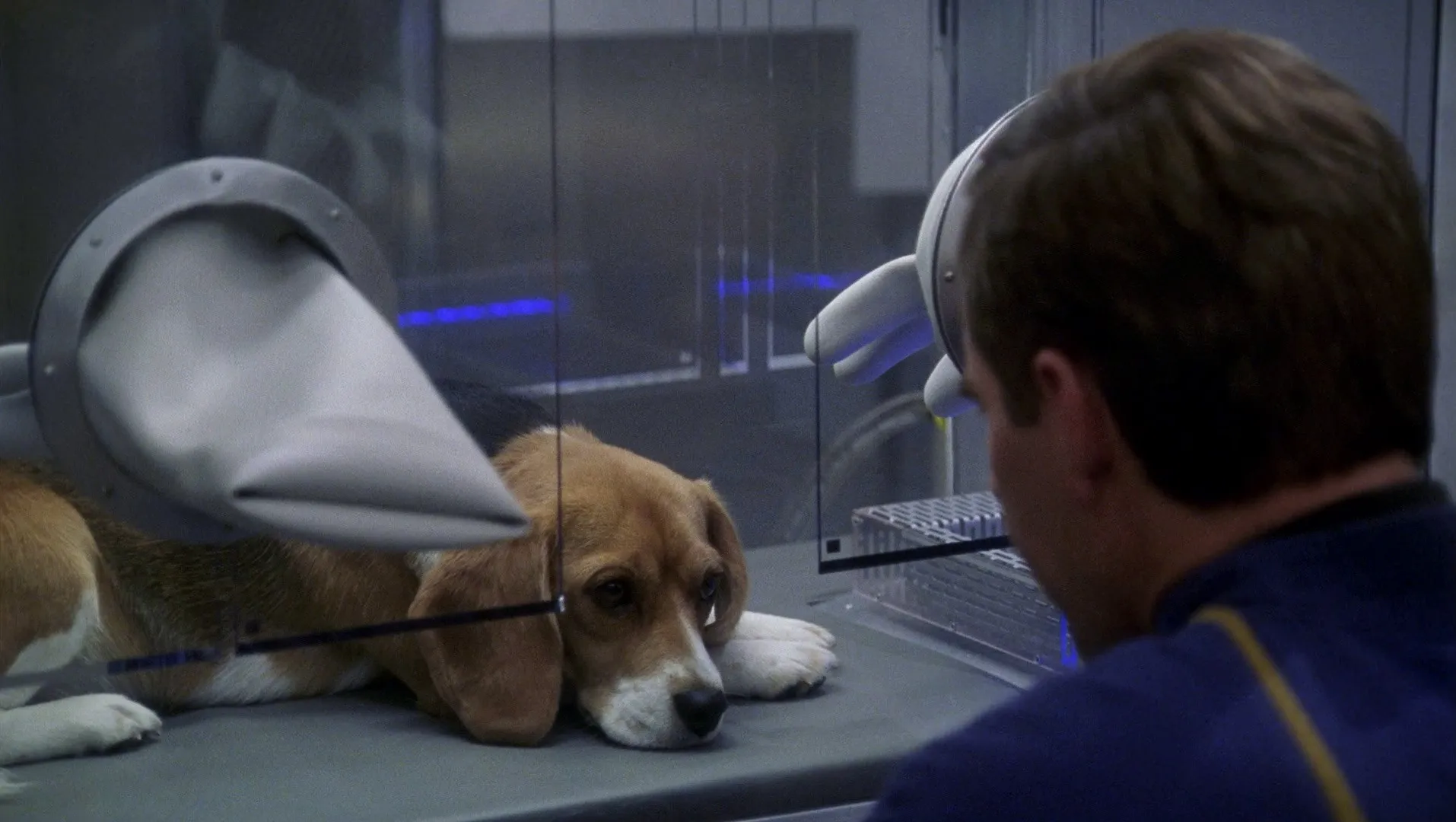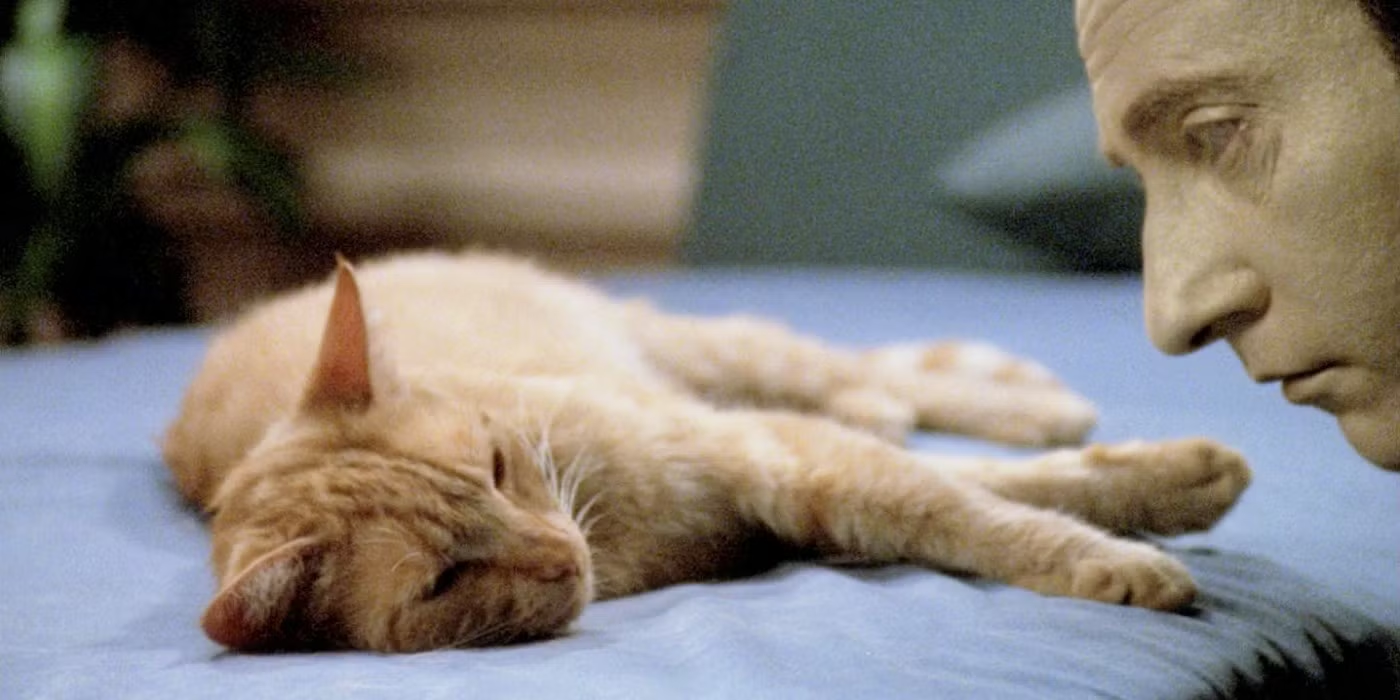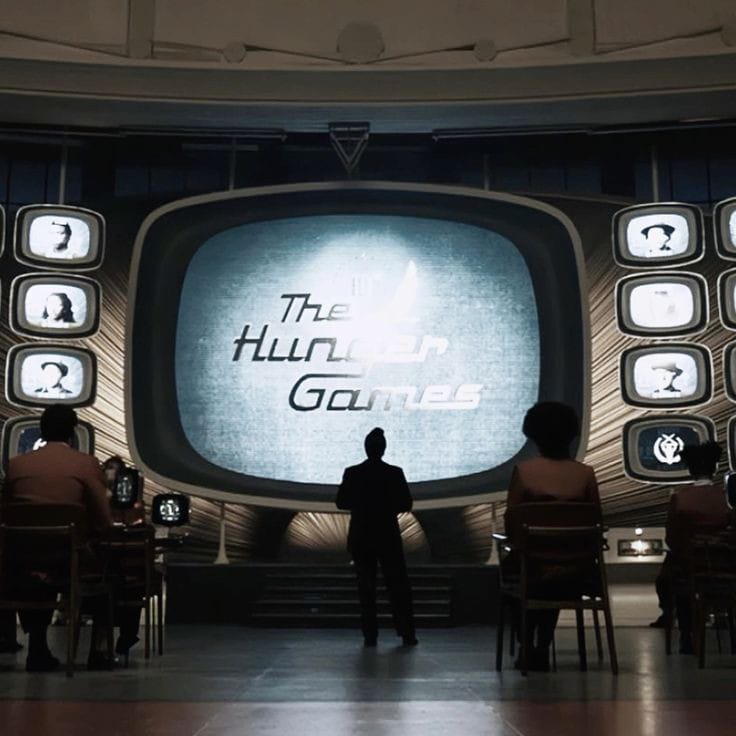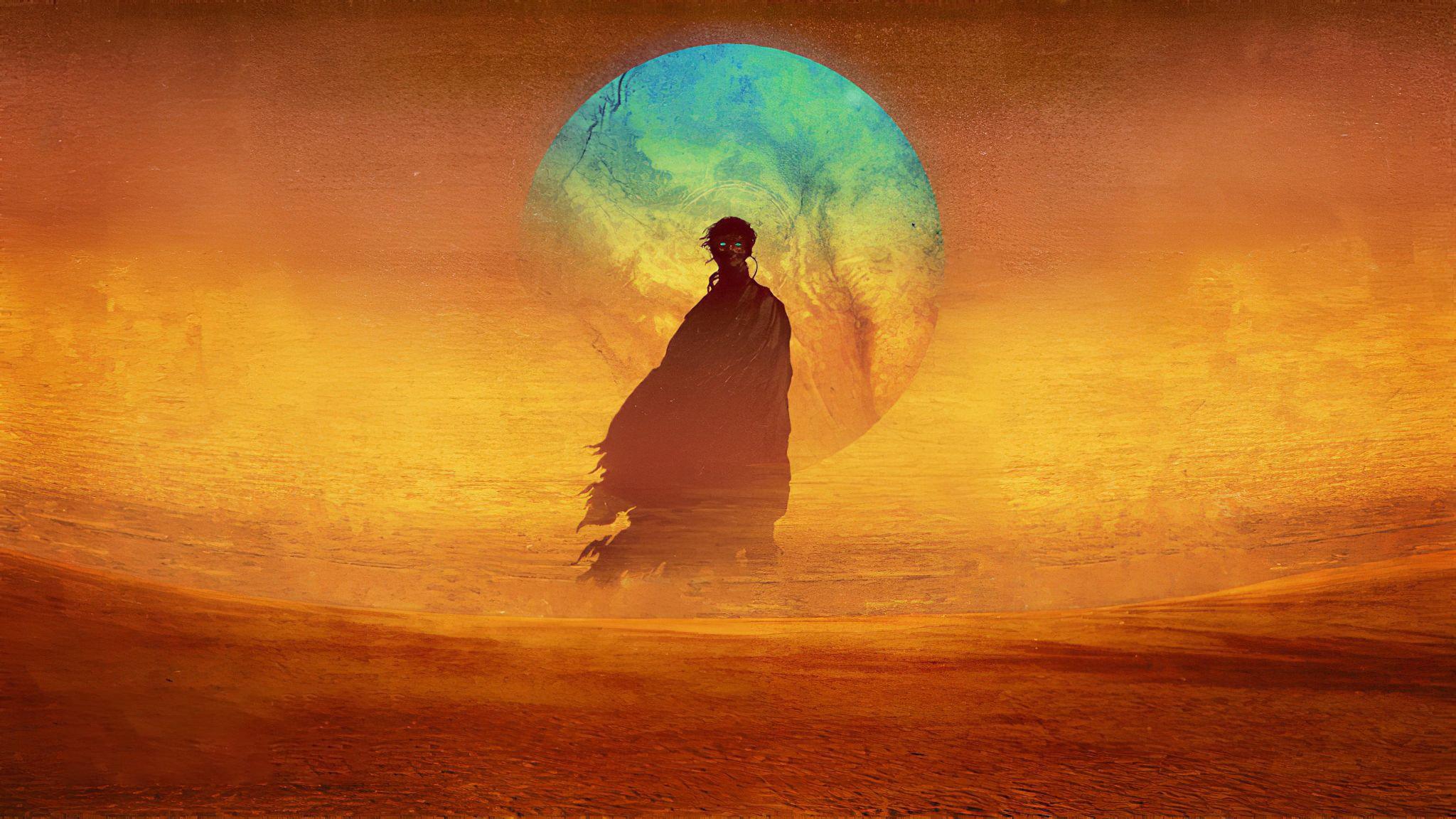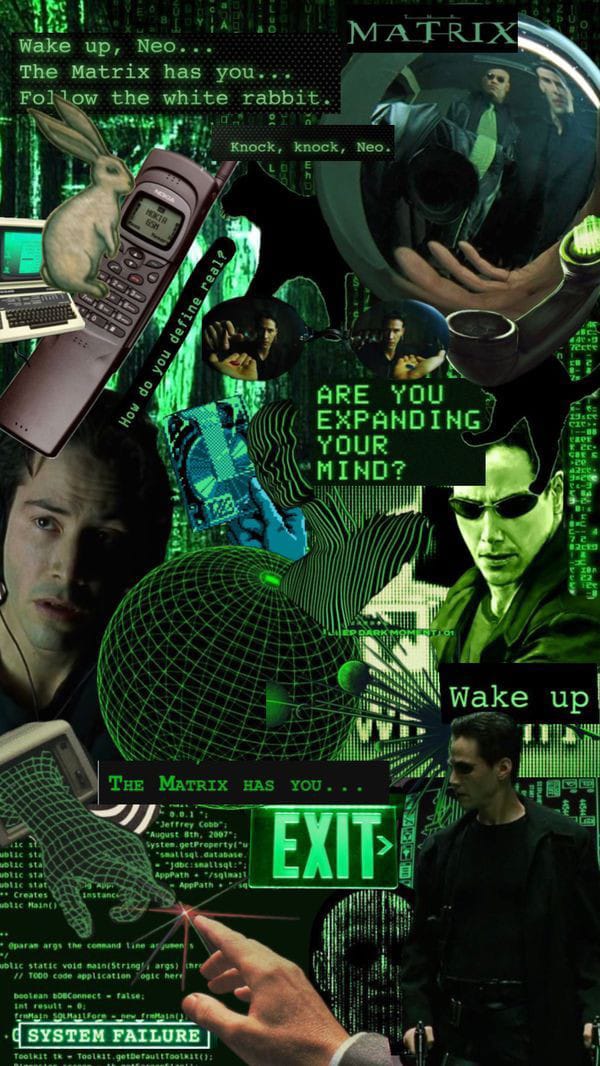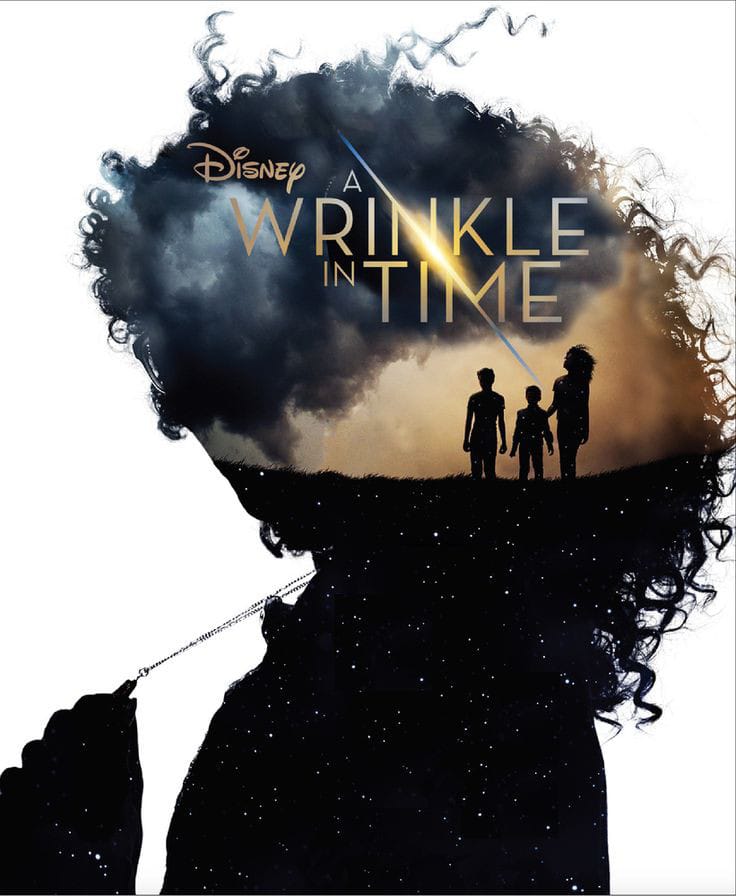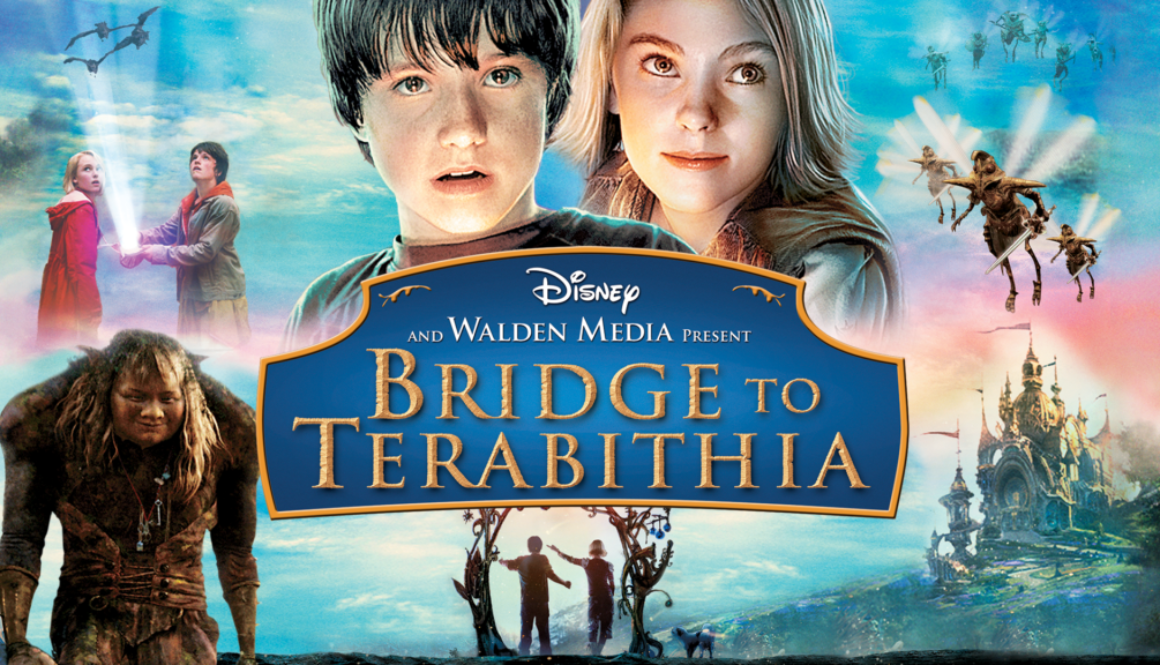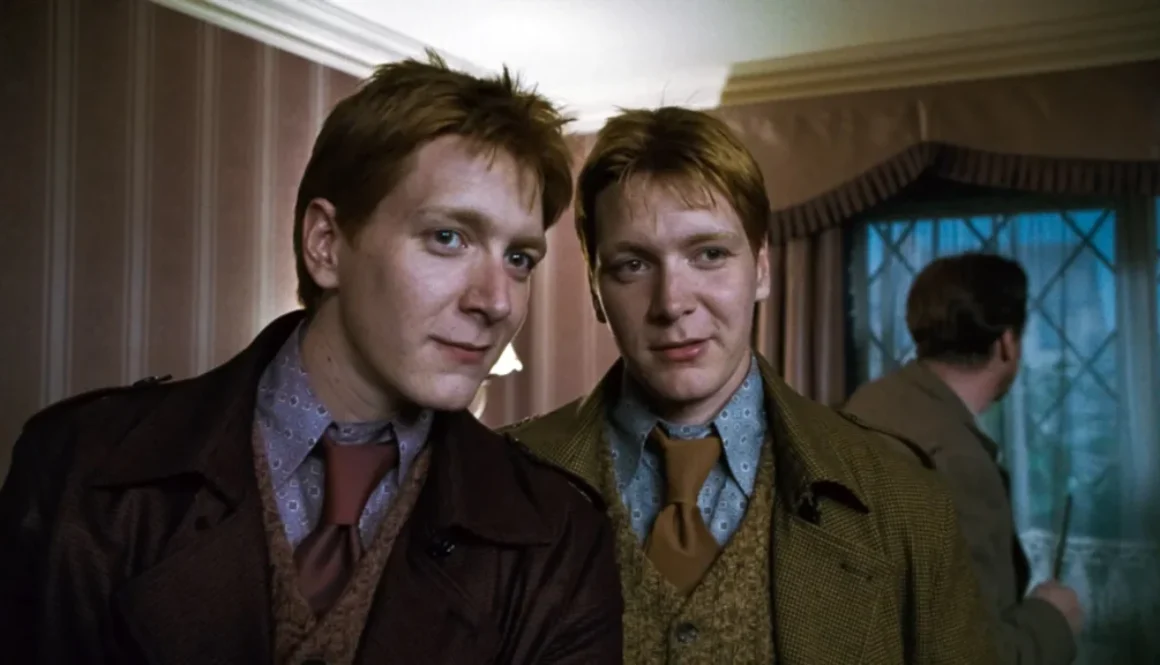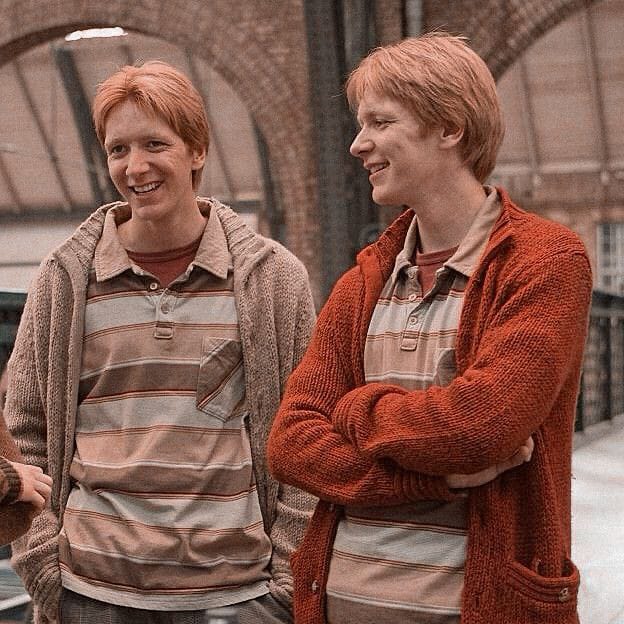The Black Swan Effect: Exploring Unpredictability and Its Impact on Modern Thinking
Helourr geerds !!! Its Flossy Fuff , your new ge-erdy member. Well, recently I have been exploring psychological thriller movies… like COME ON! Who doesn’t love thrillers?! So, I thought I would introduce you guys to one of the masterpieces I personally love, “BLACK SWAN”. And if you are interested in knowing what goes on in people’s minds who act different, then it’s the perfect movie for you.
Lets get started hehee!
BLACK SWAN (A Psychological
Horror Film)
Directed by Darren Aronofsky
(2010)
Black Swan is a psychological thriller about Nina Sayers, a perfectionist ballet dancer who wins the lead role in Swan Lake. The role requires herself to portray as an innocent, fragile, fearful character THE WHITE
SWAN and the evil, dark, seductive BLACK SWAN. Nina excels as the White Swan but the pressure to channel the Black Swan’s intensity deteriorated her mental
state.
She begins to hallucinate, experience paranoia and her intense rivalry with Lily who excels in Black Swan portrayal leads to her loss of grip on reality. Nina being a perfectionist gets consumed by the role, ultimately leading to a tragic and haunting finale.
The film explores themes of Identity Crisis, Psychosis and Perfectionism.
PSYCHOLOGICAL THEMES
Identity Crisis –
Nina struggles to reconcile her controlled, innocent self with the darker, uninhibited persona she needs to portray. Trying to master the Black Swan, she gradually starts to imagine herself transforming into the Black Swan depicting her loss of identity in the end and her awakening of repressed desires.Perfectionism-
Nina’s obsession to be perfect and fear of the Swan Queen role stolen by Lily, her utmost rival, led to her mental unravelling thus losing her sanity.Paranoia and Hallucinations-
The protagonist, Nina experiences vivid hallucinations and paranoia, possibly stemming from schizophrenia or psychosis. These symptoms reflect her fractured mental state and internal
conflicts.Repression and Sexual Awakening-
Nina’s life is highly controlled by her mother leading to emotional repression. Her sexual awakening is chaotic as she lacks the tools to navigate her emotions, resulting in destructive behavior.
Mother – Daughter Relationship-
Nina’s overbearing mother Erica(Brabara Hershey), exerts excessive control over her life, contributing to her insecurities and lack of performance.
SYMBOLISM
Swan lake-
The dual roles of the White Swan and the Black Swan symbolize Nina’s internal conflict between innocence and corruption.Mirrors-
Used frequently to represent Nina’s fractured sense of reality and self- perception.Physical Transformation-
Nina’s hallucinations of her body transforming into a swan symbolize her complete surrender to the role and loss of self.

